Research Areas
Biomacromolecular Self-Assembly and Polymer Physicochemical Properties.
Polymer physics principles are applied to the field of biomaterials science, with a focus on elucidating the multiscale and dynamic assembly processes of biomacromolecular materials. We aim to develop structured and functionalized biomacromolecular self-assembled materials.
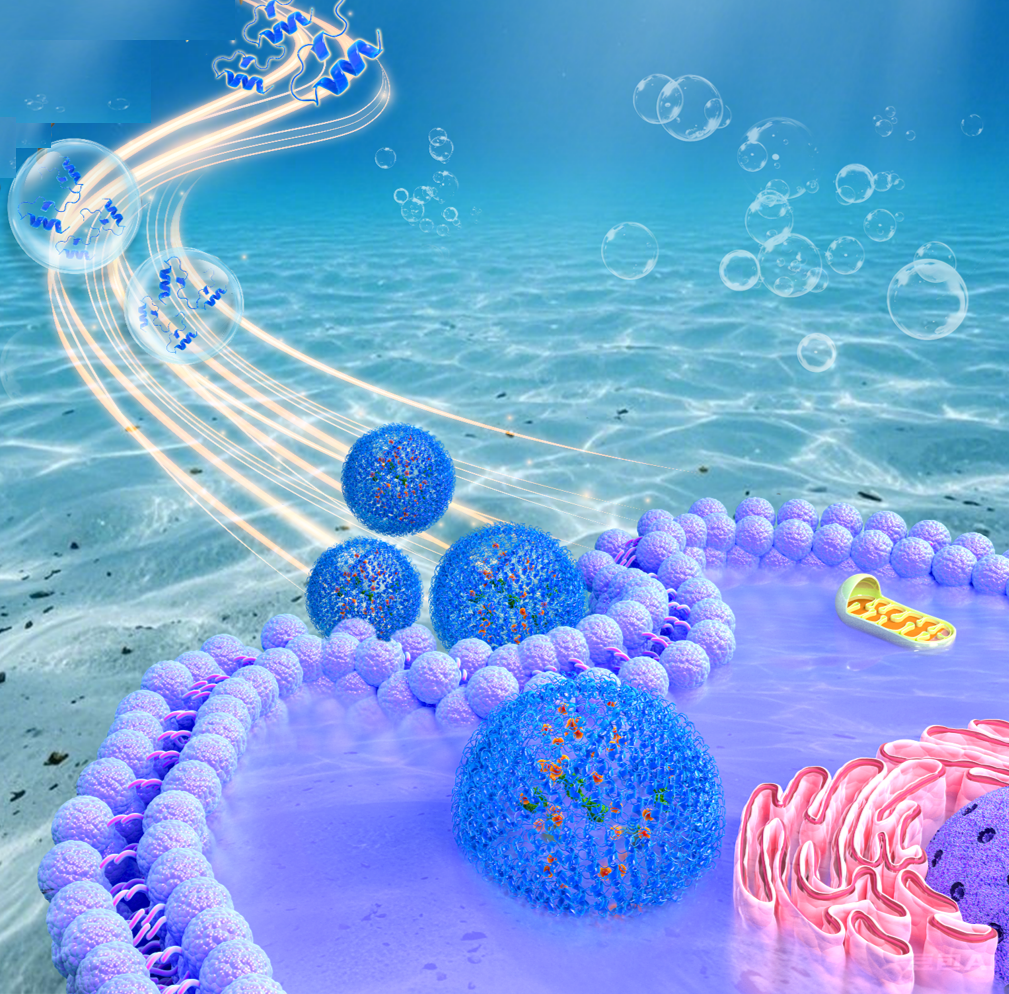
Investigating the Mechanisms of Coacervate Formation and Precisely Regulating the Physicochemical Properties of the Coacervates:
This research aims to demonstrate the driving forces and key factors influencing coacervation. By integrating diverse material characterization techniques, the correlations between sequence and physicochemical properties are supposed to be identified, thereby achieving precise regulation.
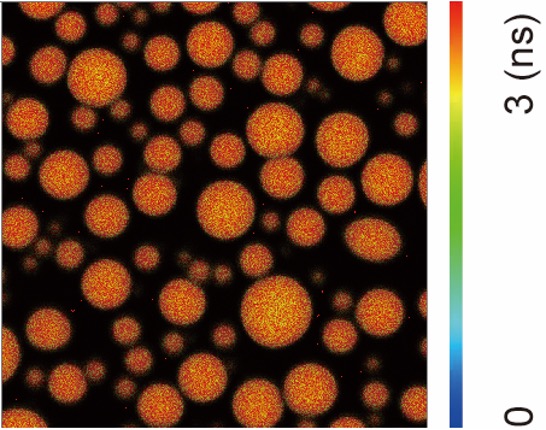
Molecular-Level Insights into Self-Assembly via Molecular Dynamics Simulations
All-atom molecular dynamics simulations are employed to systematically investigate the molecular mechanisms underlying the self-assembly process. In parallel, deep learning methods are used to construct predictive models that map biomacromolecular sequences and intermolecular interactions to phase separation behavior, providing a theoretical foundation for the design of novel functional coacervates.
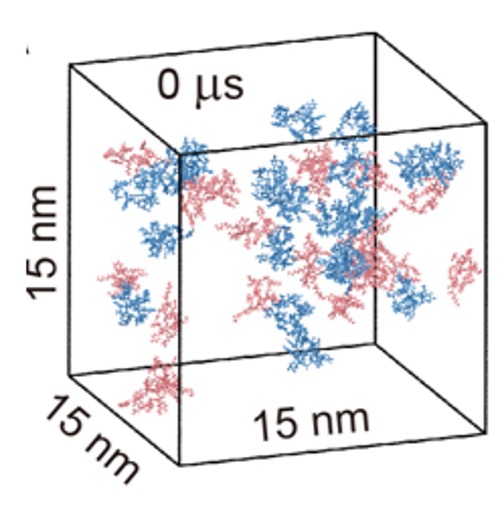
Research Highlights
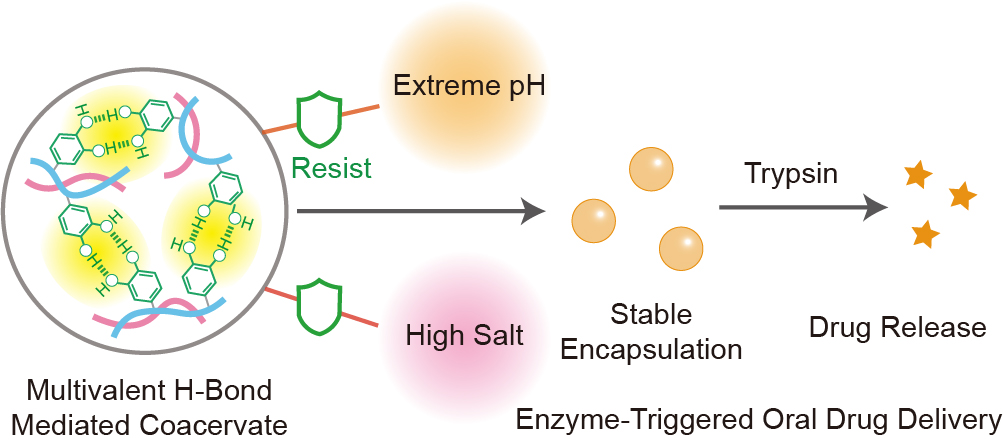
Chen S.#, Zou G., Guo Q.#, Qian X., Li H.#, Gao H.*, Yu J.* (2025) Extreme pH Tolerance in Peptide Coacervates Mediated by Multivalent Hydrogen Bonds for Enzyme-Triggered Oral Drug Delivery. Journal of the American Chemical Society, 147, 11, 9704–9715.
We report Dopa-containing peptide-based complex coacervates with exceptional stability across a broad pH (1–11) and salt range, overcoming key limitations of traditional biopolymer coacervates in oral drug delivery. Mechanistic insights reveal that multivalent hydrogen bonding governs their assembly and stability, while tunable interactions enable precise control over coacervate properties. These coacervates exhibit high drug loading and enzyme-responsive release, offering a promising platform for biomedical applications.

Li H.#, Qian X., Mohanram H., Han X.#,Liu T.*, Yang Q.*, Gao H.*, Yu J.* (2024) Self-assembly of peptide nanocapsules by a solvent concentration gradient.Nature Nanotechnology, 19, 1142–1149.
We demonstrate that insect cuticle peptides can spontaneously form hollow nanocapsules through solvent gradient-mediated self-assembly, driven by their intrinsic solvent affinity. This simple yet robust mechanism offers a novel strategy for constructing peptide-based nanocarriers for drug delivery applications.
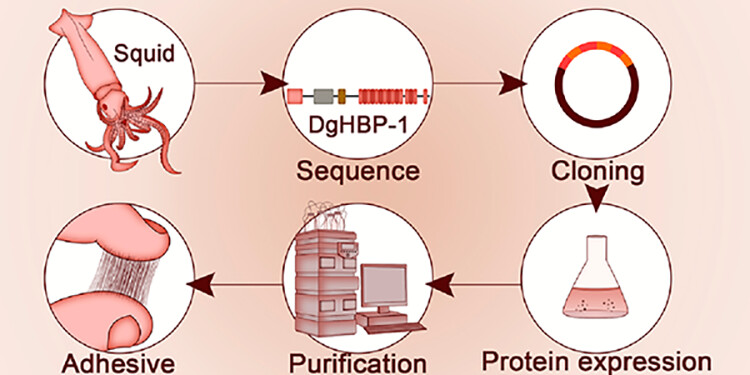
Miserez A.*, Yu J.*, Mohammadi P.* (2023) Protein-Based Biological Materials: Molecular Design and Artificial Production. Chemical Reviews, 123, 5, 2049-2111.
Natural biopolymers serve as valuable models due to their environmentally friendly synthesis and benign degradation products. Understanding their chemical design, especially complete protein sequences, has historically been challenging but is now expedited by advanced sequencing and proteomic technologies. We provides a historical perspective on early protein sequencing efforts and presents four primary classes of protein materials—fibrous materials, bioelastomers, hard bulk materials, and biological adhesives—emphasizing their structural design and mechanical functions. Current research on biotechnological and synthetic biology methods for producing protein-based materials, including scalable industrial applications, is also examined.
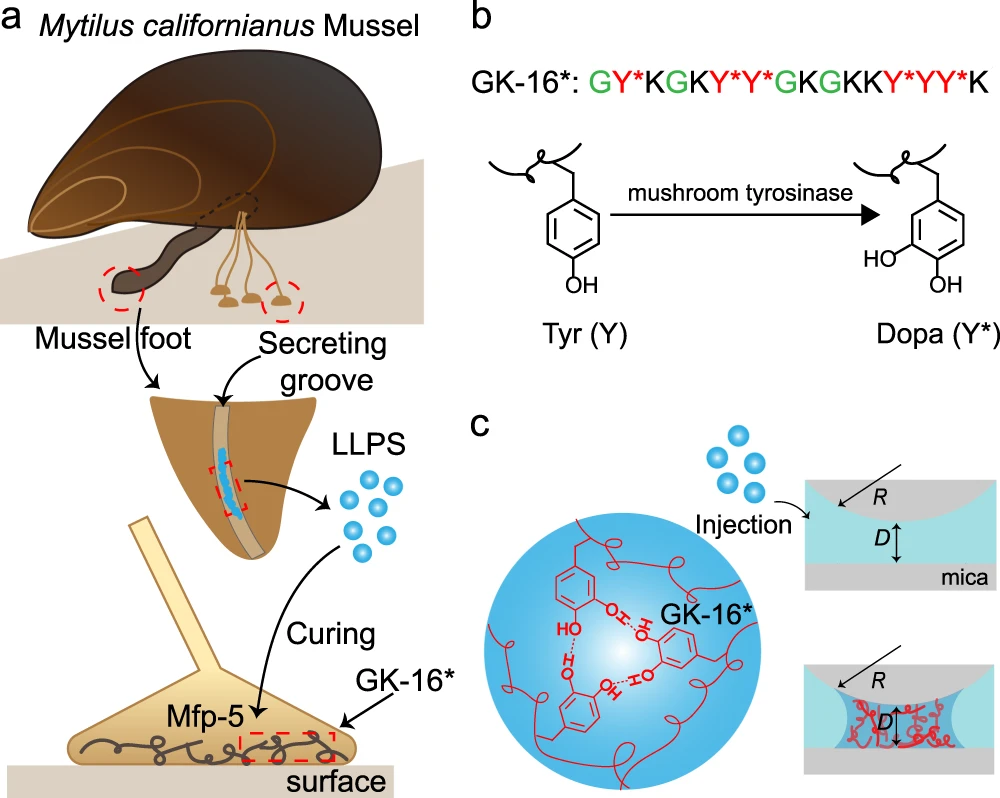
Guo Q.#, Zhou G., Qian X., Chen S#, Gao H.*and Yu J.* (2022) Hydrogen-bonds mediate liquid-liquid phase separation of mussel derived adhesive peptides. Nature Communication, 13 (1), 5771.
Marine mussel-derived peptide GK-16* forms coacervates under seawater conditions, with Dopa- and Gly-mediated hydrogen bonds critical for phase separation. The coacervate’s properties are tunable via pH and salt adjustments, exhibiting a pH-triggered liquid-to-gel transition suitable for underwater adhesive delivery and curing. These findings offer molecular design principles for developing mussel-inspired peptidyl coacervate adhesives with controllable behaviors.

Yu J., Jackson N.E., Xu X., Morgenstern Y., Kaufman Y., Ruths M., de Pablo J.J.*, and Tirrell M.* (2018). Multivalent counterions diminish the lubricity of polyelectrolyte brushes. Science, 360(6396), 1434–1438.
Polyelectrolyte brushes consist of charged polymer chains attached to a common backbone or surface. They provide excellent lubrication between two surfaces for both engineered and physiological materials. However, our study innovatively shows that the presence of multivalent ions cause bridging between the brushes, leading to increased friction between surfaces and thereby limiting the applicability of polyelectrolyte brushes in biomedical devices.